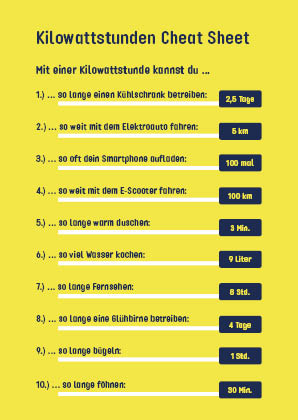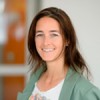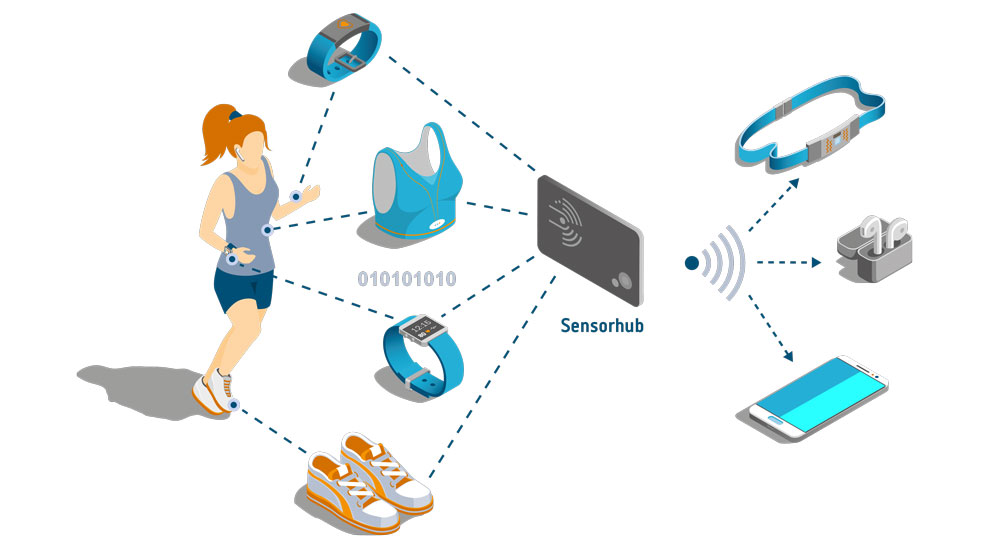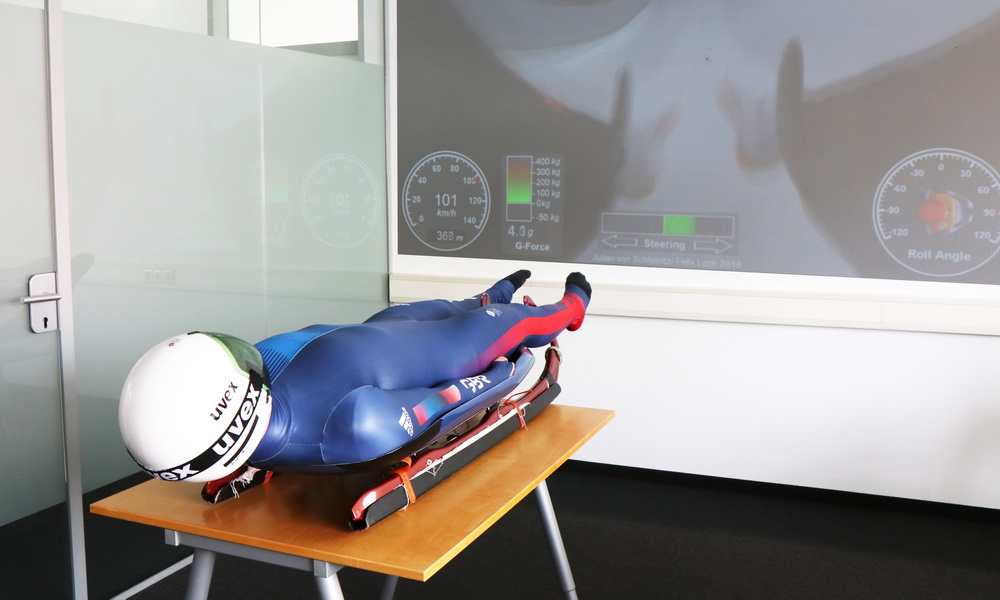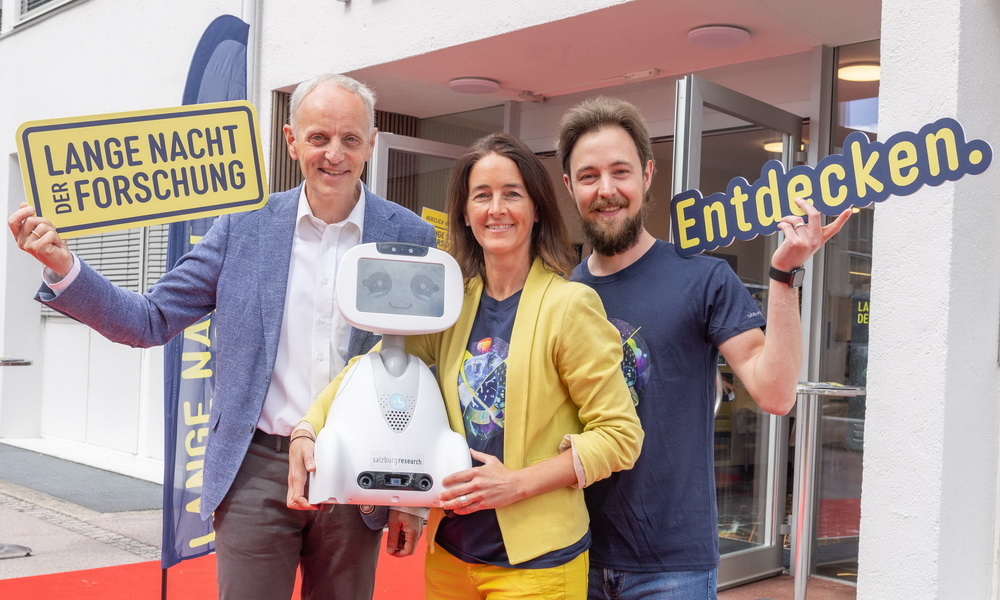
This Was the Long Night of Research 2024 at Salzburg Research
The Long Night of Research 2024 was a huge success: On 24 May 2024, around 6.300 visitors rushed to the city of Salzburg and Puch/Urstein to experience first-hand and with free admission the diverse aspects of research work in Salzburg. Around 600 researchers made the event in Salzburg a special experience for the whole family. As usual, Salzburg Research was both the regional coordinator for the state of Salzburg and an exhibitor.
Salzburg Research opened its doors again on 24 May 2024 under the motto “Mitmachen. Staunen. Entdecken” to offer the public a comprehensive first-hand view of our research. Our researchers have prepared and presented complex scientific topics in an accessible and entertaining way.
Mit dem Klick auf das Bild werden durch den mit uns gemeinsam Verantwortlichen Youtube (Google Ireland Limited) das Video abgespielt, auf Ihrem PC Skripte geladen sowie personenbezogene Daten erfasst.
Opening-Event with LH Haslauer and BM Auinger
We were delighted to welcome high-ranking visitors to the Long Night of Research. Numerous representatives of clients, partner organizations and public administrations took the opportunity to immerse themselves in our research work even before the big rush started. Governor Dr. Wilfried Haslauer and Mayor Bernhard Auinger opened the Long Night of Research at our location in the Science City Itzling.
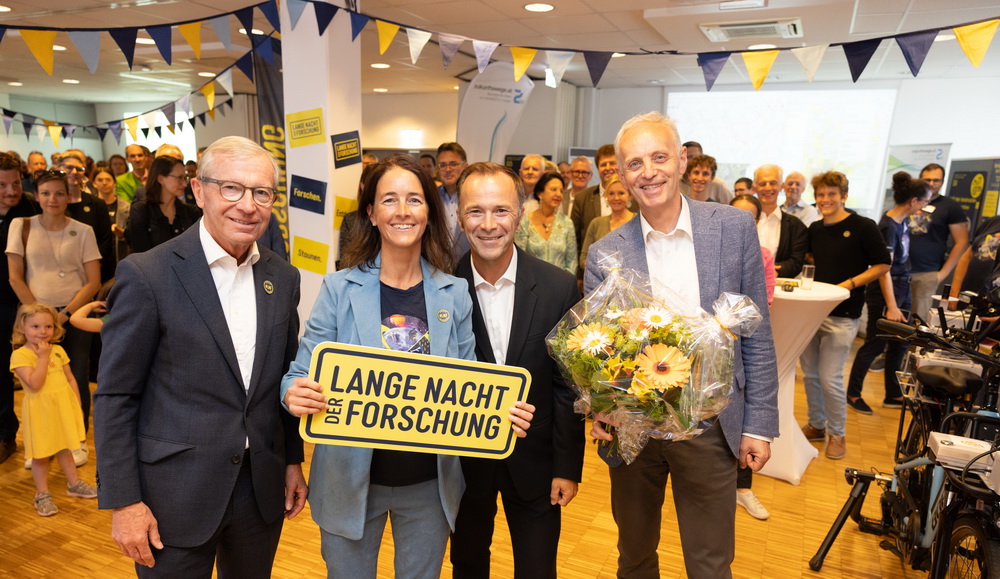
The following topics attracted particular interest:
A peek behind the curtains: The concept behind text-based AI
Researchers showed how text-based artificial intelligence such as ChatGPT learns and “thinks”. The AI is not as “intelligent” as we all believe or fear: text-based AI works with probabilities. Whole texts are created from statistical frequencies of letters and letter combinations as well as words and word combinations paired with context. So it’s all “just” statistics. It is astonishing what good results come from this!


Saving energy or using it correctly
At our station about renewable energy, we wanted to raise awareness of energy consumption, among other things. How long, with a kilowatt-hour, can you run a fridge, drive an electric car, charge your smartphone, etc.? These were the thoughts of our visitors:


Did you know this? The answer is at the end of the article!
Social robot “Buddy” helps against loneliness
The social robot “Buddy” was a real crowd puller – for young and old alike. Originally developed for autistic children, the robot is currently being equipped with additional artificial intelligence by Salzburg Research and partner organizations in the Netherlands and France. Through facial expressions and a person’s speaking patterns and tonality, it should be able to deduce the mood and offer interventions to combat loneliness in older people living alone.



Live-Image of the Sterneck Intersection
The live view of the intersection Sterneckstrasse/Linzer Bundesstrasse in Salzburg was also very interesting. Numerous sensors at the location detect the different vehicle categories – cars and buses, bikes and pedestrians. This data is intended to improve the safety of all road users at complex intersections like this one.


The sensor bike that recognizes its surroundings
Some call it the “Tom Turbo of Salzburg Research”. Granted, the bike can’t drive itself, but it senses a lot. It has a range of sensors, including GPS, several inertial measurement units, 2D cameras and five LiDAR sensors. Each LiDAR sensor on the bike points in a different direction to capture a complete 360-degree view of the bike’s surroundings. Among other things, the research bike can be used to investigate overtaking maneuvers or the condition of the cycling infrastructure.



Long Night of Research in Salzburg as a Green Event
The Long Night of Research in Salzburg was organized as a Green Event for the first time. Thus, the federal state became a pioneer in the whole of Austria and was able to show that a small footprint is also possible at such events.
We would like to thank everyone who contributed to making the Long Night of Research a successful event: all visitors and all colleagues who have been working for weeks to present their research in an understandable and interesting way.
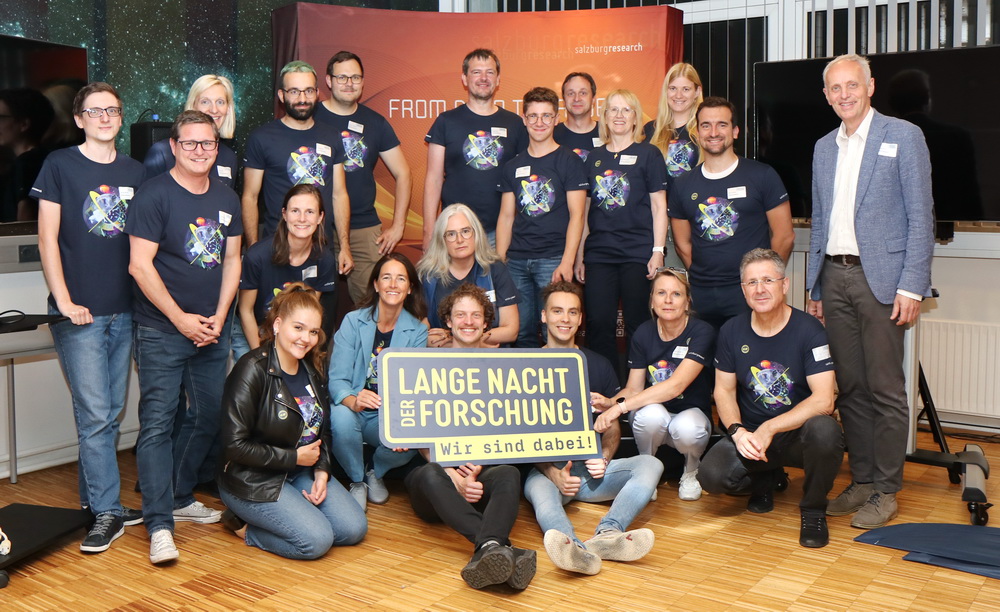
Bilder: Salzburg Research, wildbild
Here you will find the solution in the form of the “Kilowattstunden Cheat Sheets”:
You can find more photos here: https://fotos.salzburgresearch.at/lange-nacht-der-forschung-2024
